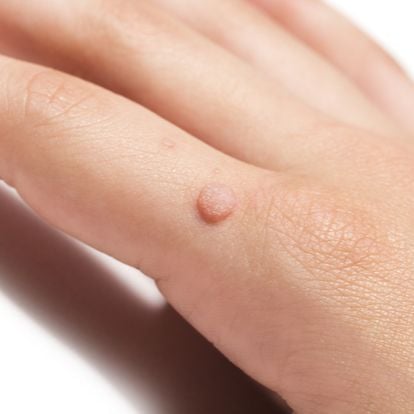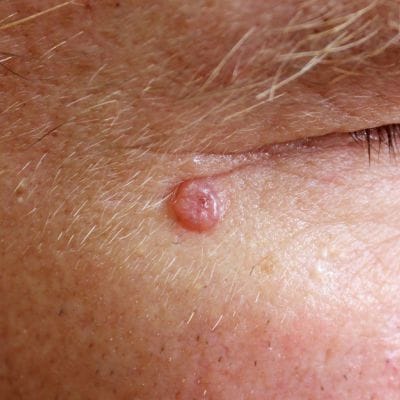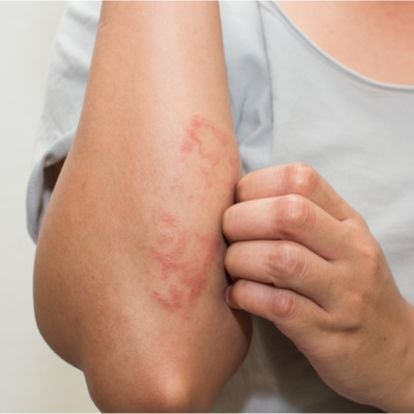Tattoos
Tattoos are one of the oldest and most popular art forms applied to the human body. For thousands of years, tattoos have been used for various reasons and applied through different techniques. However, not everyone realizes that there are risks involved with getting a tattoo despite the precautions you take.
Health Risks of Getting a Tattoo
The tattoo industry is regulated very loosely and with minimal oversight. The FDA regulates the ink used in tattoos, but the tattoo guns and the actual tattooing process have limited rules or restrictions. This lack of oversight has led to many health risks.
Allergic Reactions
The dye used in tattoos, especially colorful ones, has been known to cause allergic reactions. The reactions can be immediate or manifest years after receiving the tattoo.
Skin Infections
If the dye or needle isn’t completely sanitary, you risk a skin infection.
Bloodborne Diseases
The needle used to apply your tattoo could be infected with another person’s blood. When it penetrates your skin, you risk contracting hepatitis B, hepatitis C, MRSA, and HIV.
Other Skin Problems
If infections and bloodborne diseases aren’t enough to worry you, you also have a chance of developing granulomas, keloids, inflammation, or permanent scarring.
Tips for Protecting Yourself After Getting a Tattoo
Aftercare is one of the most important aspects of protecting yourself after getting a tattoo. By properly taking care of your tattoo and the skin around it, you can prevent several problems. Here are some tips and tricks to stay safe.
- Ensure that your tattoo artist wraps your tattoo in petroleum jelly and secures the area with an airtight bandage.
- Avoid going into hot tubs, pools, or other bodies of water for several days or weeks to avoid infection.
- After 24 hours of receiving your tattoo, remove the protective bandage and gently wash your tattoo and surrounding skin with antibacterial soap and warm water.
- At least twice per day, apply an antibacterial vaseline or skin cream.
- Wash your tattooed area twice a day with warm water and antibacterial soap.
It would be best if you continued this skin regimen for several weeks to a month after getting your tattoo. Proper care and maintenance will also maintain the quality of your tattoo.
Treatments for Diseases Caused by Tattoos
The most common problems caused by a tattoo are skin infections, rashes, or inflammation. These conditions are usually treatable following a professional diagnosis by a dermatologist. Treatment typically includes medications, topical antibiotics, and other minor interventions. However, in rare cases of the bloodborne disease, however, treatment will be more invasive and extensive.
Infections and complications resulting from getting a tattoo are somewhat rare, but they can still happen. The best way to keep them from occurring is by following the aftercare instructions listed above and consulting a dermatologist immediately if you start to notice irregularities with your skin.






